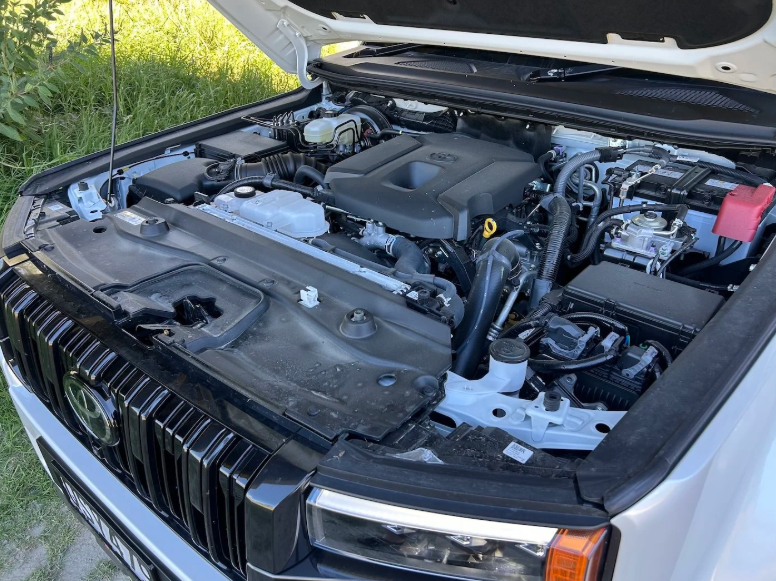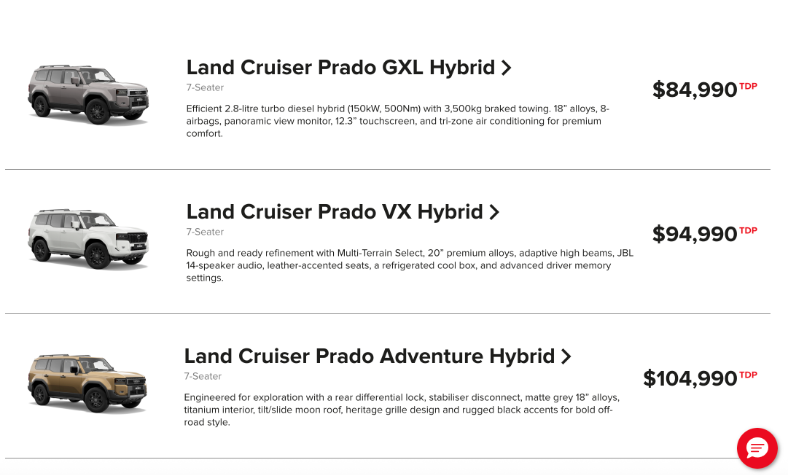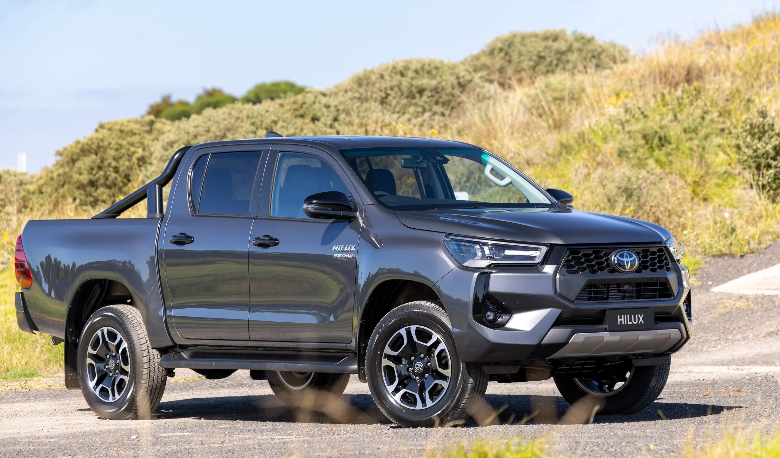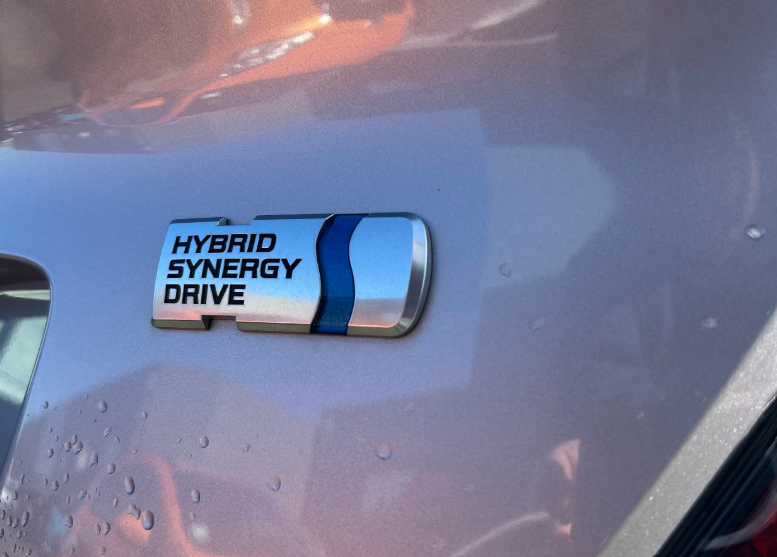LATEST NEWS
Hybrid not a hybrid - Hilux/Prado back in spotlight
Richard Bosselman
October 3, 2025
Toyota NZ’s desire to market its 48 volt-assisted diesel as a hybrid doesn’t wash with its Aussie counterpart, which is back on the attack about mis-labelling.
MORE fiery criticism from a regional Toyota high-up about how some makes are mis-using ‘hybrid’ as a descriptive has become a friendly fire attack on the brand here.
Comment from a Toyota Australia executive this week stand to rekindle memory of how Toyota here and there undertake wholly disparate marketing of the Hilux and Land Cruiser Prado.
Central is how to describe the common 48 volt assistance on all Prados, and SR and SR5 Hilux editions.
Here those 2024-introduced 2.8-litre turbodiesel products market as hybrids. Over there, they do not.
Toyota Australia has since 2023 said the system comprising a motor generator, 48-volt battery and DC/DC converter does not go far enough to earn the hybrid badge.
TNZ perhaps thinks likewise, in that neither the Hilux nor the Prado feature actual hybrid badges on their bodyworks. But both are marketed front-and-centre as hybrids.
The Palmerston North-based market leader appears to have never explained why it has a different view to Australia, historically the market it works most often with.
Certainly, as testing in both markets has clearly evidenced, the 48 volt set up doesn’t come close to replicating the economy and emissions that arrive with the more advanced full hybrid technologies that go into Toyota passenger cars.
Toyota Australia’s view is that it wants to protect the two-decade reputation of all those petrol-electric hybrid Toyota (and Lexus) passenger cars and SUVs, which can cut fuel use by up to half – compared to the at best 10 percent saving claimed for the 48-volt technology.
The majority of those models are Efficiency Hybrids or series-parallel set-ups – meaning a small battery and electric motor, which can operate independently, are used to supplement the petrol engine to improve fuel economy.
It is so keen on enforcing the separation between those and the 48 volt examples it omits the ‘h’ word from its media statements about the diesels. TNZ, on the other hand, doesn’t.
In Australia, the system has a trademarked term, 'Toyota Kinetic Assist’. The vehicles are badged as ‘V Active’.
So who’s right? Or, conversely, are either wrong?
In both countries, Toyota is the absolutely dominant brand with hybrid technology and rightly likes to remind consumers of that.
The history is illustrious, drawing right back to the second-generation Prius of 2001. (Officially. The gen one car also came to NZ, albeit as a used import).
It could be argued that Australia has successfully protected its brand image by doing as it has.
Conversely, going by how entrenched Hilux is here, and how there’s no discernible negative feedback about the badging strategy, TNZ could well argue it is not feeling pain, either.
Still, within the car industry, any 48 volt set-up is widely considered as being, at best, a 'mild hybrid’.
Anyway, the hybrid/not hybrid saga has re-opened.
Toyota Australia sales and marketing boss Sean Hanley this week has been calling out brands - all of them also selling here - for using confusing terminology in marketing their mild-hybrid powertrains.
His contention is that car makers marketing product with 48 volt systems as hybrids have responsibility to make clear the distinction between those and more obviously beneficial, and more complex arrangements.
“I’ve watched hybrid technology being used in different ways in marketing in recent years now,” Hanley is quoted by Australian media as saying.
“Now good luck to people, but Toyota is going to make it very clear what a hybrid system is for efficiency, what a hybrid system is for performance, and what a 48-volt-assisted system is.
“And a 48-volt-assisted system, in our (Toyota Australia’s) opinion, does not represent hybrid drive.”
It’s a rehash of the argument he also voiced in 2023, when the Hilux rolled out, it’s unveiling over there occurring more than a month ahead of the reveal here.
At that time, Hanley told media: “Most of you (media) have called it a mild hybrid. We don't, and there's a reason we don’t …
“In the Toyota world, hybrid refers to a system where the engine and the electric motor can both propel the vehicle either together or independently.
“That's not the case with the electric motor for the 48-volt system.”
Except, perhaps, here.
The next test for this could well come with the LandCruiser 300-Series. It’s now set to regionally supply with an electric-assisted petrol powertrain, as an alternate to - but perhaps ultimately replacing - the type’s diesel.
Toyota Australia has signed up for this model. TNZ has not yet said if it will follow suit.
That technology is being called a ‘Performance Hybrid’ as it differs from Efficiency Hybrid technology by using an electric motor to further boost performance of the engine, rather than aiming to use the least amount of fuel.
Will the term catch on regionally?





